The Differences Between Interior and Exterior Doors
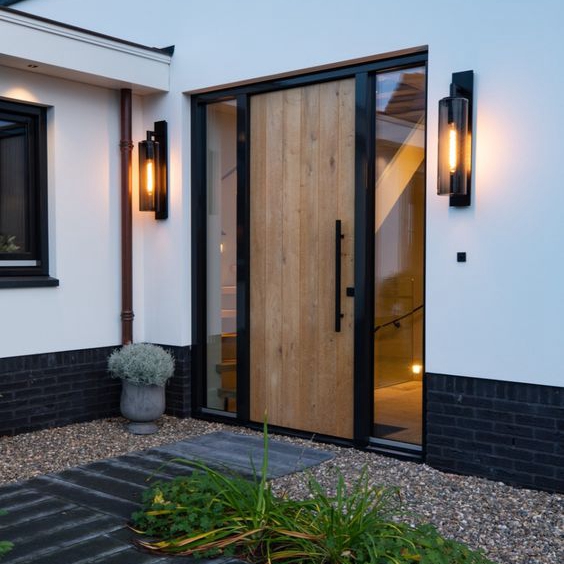
Exterior doors are the first line of defense against the outside elements, serving as a steadfast barrier to protect our homes and provide security. Interior doors, on the other hand, possess the ability to transform an open area into a private sanctuary, dividing our living spaces into private spaces of personal comfort.
They differ in factors such as functionality, design, structure, door style, and more. That said, certain door types are available for both interior and exterior applications. Sliding doors are popular in spaces like closets, pantries, and bathrooms, but can also connect indoor spaces to outdoor areas like patios and decks.
Whether you're looking for the perfect entryway solution or trying to create a cozy nook in your home, understanding the differences is crucial to achieving the desired results.
Construction and materials
The structure and materials of interior and exterior doors are tailored to their specific role. Interior doors focus on enhancing aesthetics and room-to-room separation, with options ranging from lightweight to solid wood.
Exterior doors, on the other hand, prioritize sturdiness, weather resistance, and security, utilizing materials like fiberglass, steel, or reinforced wood to withstand the outside elements and keep the home safe. Understanding these differences allows homeowners to choose a door that suits the purpose of each space and helps improve the overall comfort and appeal of the living environment.
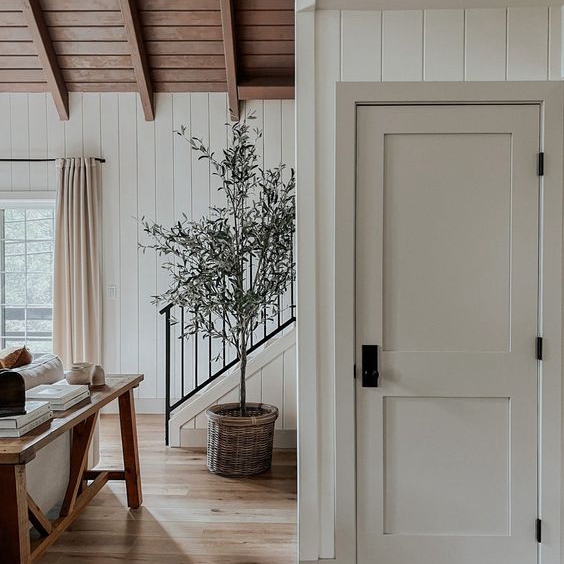
Common interior door materials include:
Hollow: These doors have a hollow, lightweight construction, making them cost-effective and easy to operate. They are suitable for areas where soundproofing and security are not major concerns, such as bedrooms and closets.
Solid Wood: Solid wood doors offer a classic, timeless look and provide better sound insulation than hollow core doors. Generally, you'll find them in a variety of wood species and finishes, allowing you to match them to your interior decor.
MDF (Medium Density Fibreboard): MDF doors are made from dense and durable engineered wood fibers. They are known for their smooth surface, making them ideal for painting.
MDF doors can mimic the look of solid wood without the associated costs.
Exterior doors are subject to more severe conditions, including weather exposure, potential intruders, and temperature changes. Therefore, their construction and materials prioritize durability, safety and energy efficiency. Common exterior door materials include:
Fiberglass: Fiberglass doors are known for their exceptional durability and resistance to moisture, cracking, and warping. They can mimic the look of wood and are ideal for areas with fluctuating weather conditions.
Steel: Steel doors offer superior strength and security, making them a popular choice for exterior entrances. As a result, they resist forced entry and provide excellent insulation properties. However, their appearance is more functional than wood or fiberglass.
Although less common due to their vulnerability to weather, solid wood exterior doors can add a touch of elegance to a home's entrance. They require proper maintenance and may benefit from an overhang or shelter to protect them from the elements.
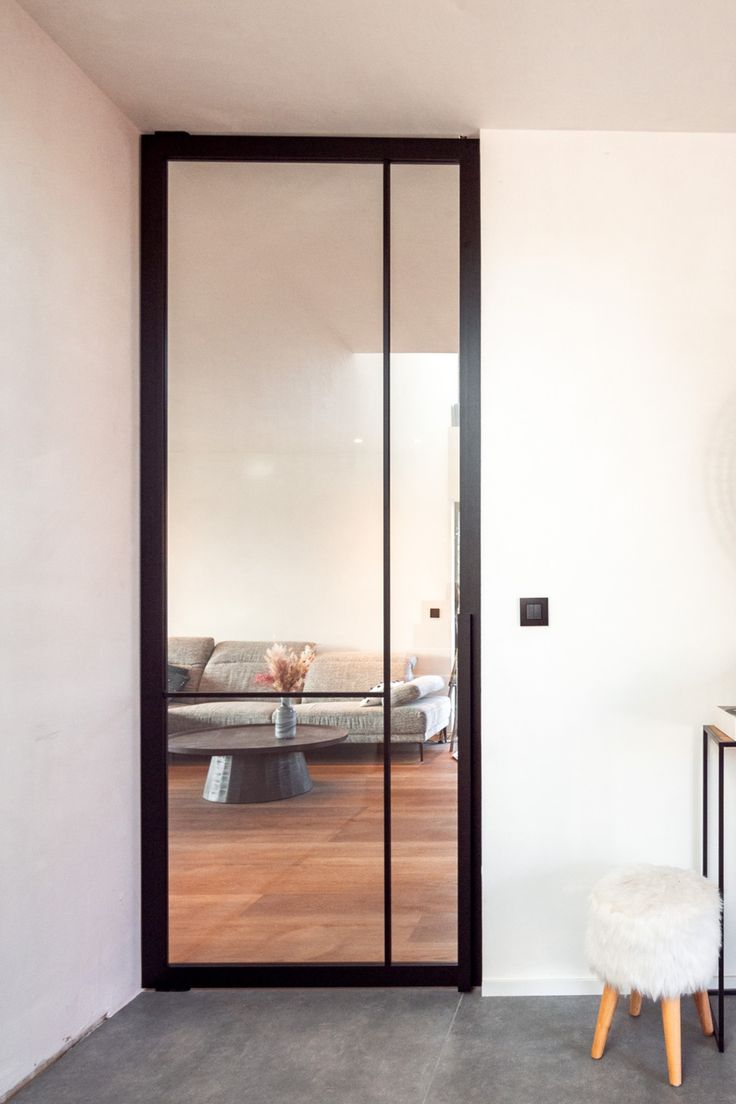
Security features
Security is important to any homeowner, ensuring the protection of property and loved ones. Exterior doors serve as the main entrance and require a higher level of security features. These may include advanced locking mechanisms, reinforced frames, and impact-resistant materials designed to deter unauthorized access.
While interior doors are not subject to the same external threats as exterior doors, they still provide privacy and a level of security within the confines of the home. Privacy locks are a common security feature on interior doors, allowing occupants to secure a room from the inside. Additionally, latch guards may be present in interior doors with locking mechanisms.
Door style
Various door styles cater to different architectural themes and personal preferences. From traditional panel doors to sleek modern designs, your choice reflects your unique taste. Understanding the synergy between the style you choose and the function of your door is crucial. Internal doors come in a variety of styles and are tailored to complement each space within the home.
In contrast, exterior door styles, especially those on front entrances, play a unique role in leaving a lasting impression and shaping the overall architectural style of a home. Single entry doors often display traditional charm, with panels and decorative elements that match the architectural theme of the home.
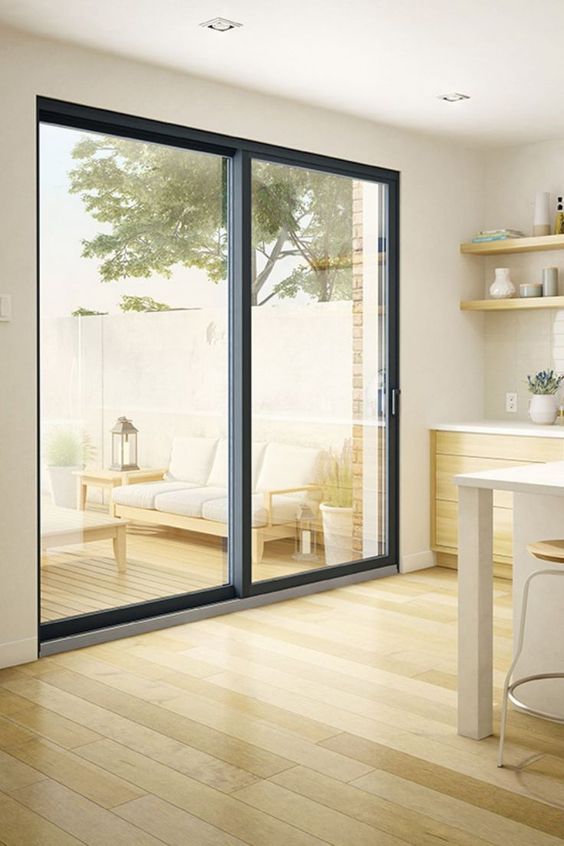
Cost
Exterior doors are typically more expensive than interior doors due to their heavy-duty design that resists wind, rain, snow, and UV rays. While some may consider swapping them to save money, this option can be risky. Every door has a specific purpose, and cutting corners can lead to natural disasters, insufficient insulation, and higher energy costs.
It's worth noting that higher cost doesn't necessarily mean exterior doors are universally superior. The interior doors are designed to be lightweight and easy to operate, so it is recommended to use each door where needed.
Thickness
The thickness of interior and exterior doors varies greatly, mainly due to their different functions and environmental conditions. Interior doors are usually thinner than exterior doors. Exterior doors, on the other hand, require greater thickness to provide the necessary insulation, security and protection against external elements. This added thickness provides better isolation from temperature changes, increases durability against weather conditions, and integrates powerful safety features.
Energy efficiency
Open exterior sliding glass door
Energy efficiency plays an important role in your monthly electric bill. The more energy efficient a door is, the better it can retain cool air in your home and prevent hot air from entering.
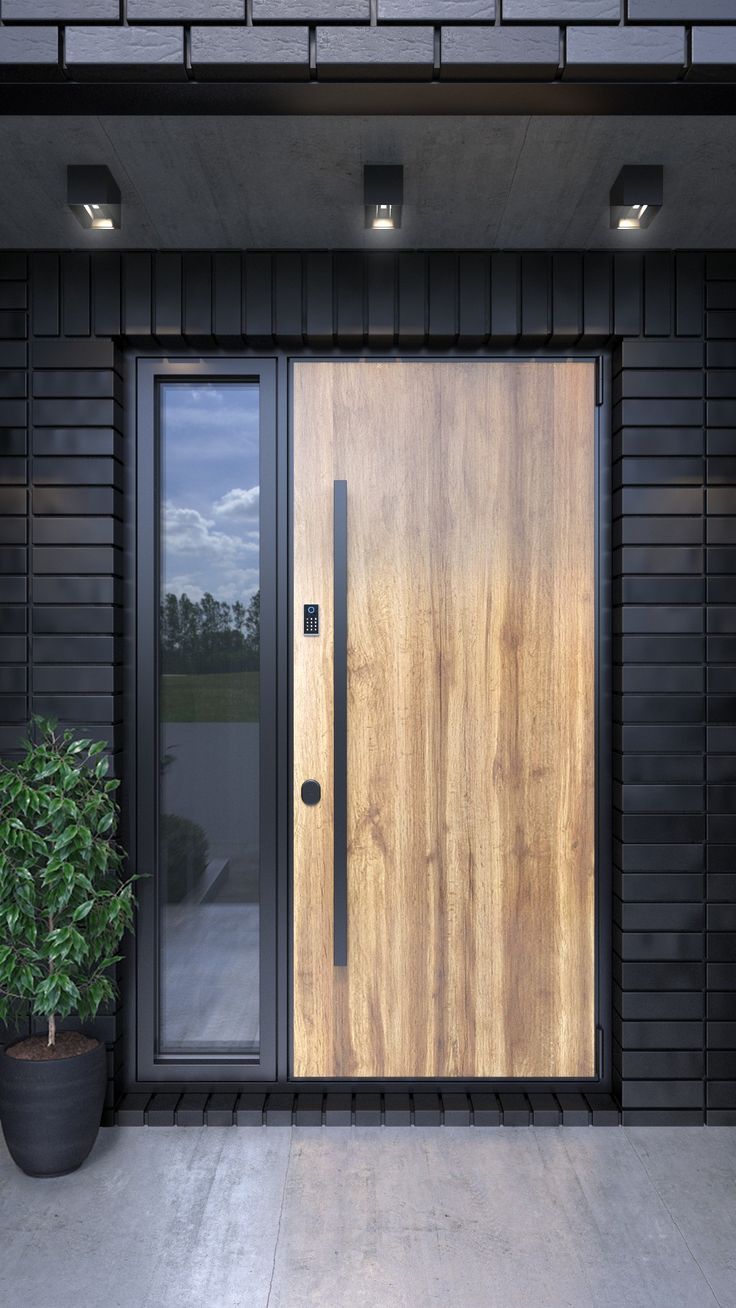
Exterior doors exposed to outdoor elements require higher levels of insulation to prevent heat transfer and maintain indoor comfort. These doors typically feature an insulated core, weatherstripping, and insulation to effectively reduce drafts, heat loss, and heat gain.
Interior doors, on the other hand, do not require the same level of insulation as exterior doors. They are used to separate indoor spaces rather than protect them from external weather conditions. While some interior doors may provide slight soundproofing properties to enhance privacy, their primary focus is not thermal efficiency.
Sound insulation
Internal doors play a vital role in providing privacy and reducing the spread of noise between different rooms within a home. These doors are often designed to minimize the transfer of sound, helping to create quiet and secluded spaces. While they may not provide absolute sound isolation, interior doors are designed to eliminate sound and maintain a quiet indoor environment.
However, exterior doors have different concerns when it comes to soundproofing. Their main purpose is to withstand outdoor elements and provide security, making them less concerned with sound transmission. While some exterior doors may provide basic soundproofing to prevent loud noises from entering the home, this is not a core consideration. The materials and construction of exterior doors prioritize factors such as weather resistance and durability over sound insulation.